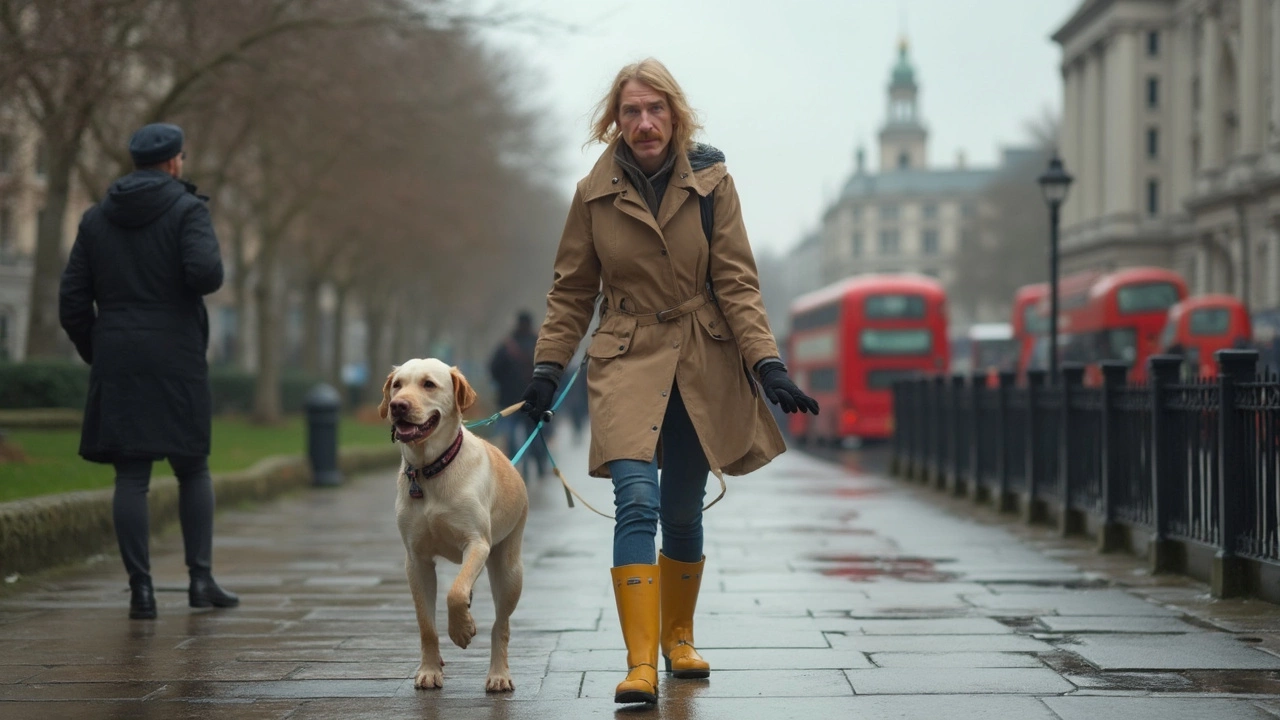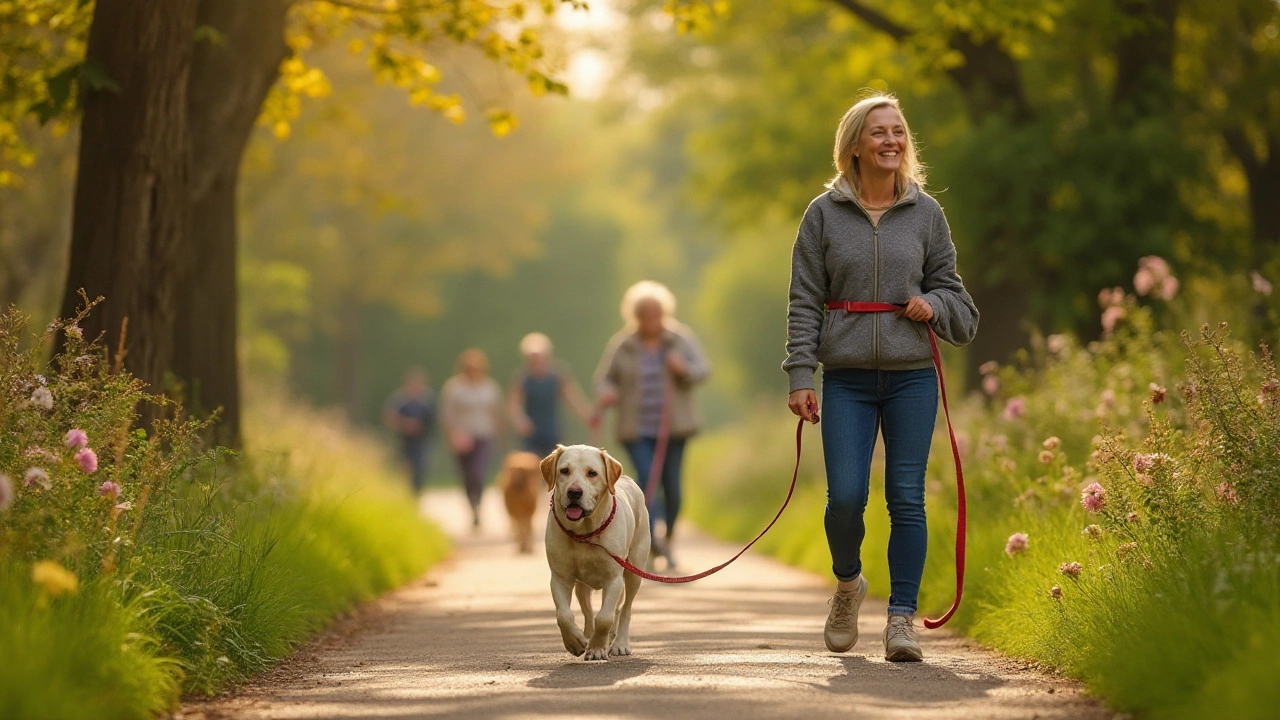Leash Training: Practical Tips, Gear & Advice for Happy Walks
If your dog yanks the leash like a tug‑of‑war champion, you’re not alone. Most owners face pulling, lunging or refusing to walk beside them. The good news? A few simple changes to your gear and routine can turn chaotic strolls into calm, controlled outings.
Choosing the Right Leash and Harness
The first thing to check is what you’re actually using. A standard chain‑link collar can give a dog a lot of leverage, making it easy for them to pull. Switching to a no‑pull harness or a front‑clip design removes that advantage. The Best Dog Leash and Harness for Pulling article shows the top models that distribute pressure across the chest instead of the neck, so a tug only feels uncomfortable for the dog, not painful.
Leash length matters too. A 4‑foot leash gives you enough room to steer but not so much that the dog can sprint away. If you train in a safe, enclosed area, try a shorter 2‑foot “training leash” to keep the connection tight. Pair it with a lightweight, non‑slip handle to keep your grip steady.
Step‑by‑Step Leash Training Techniques
Start every session with a calm mindset. Dogs sense tension, so a relaxed tone sets the stage for success. Begin in a quiet spot—your garden or a quiet street—where distractions are minimal.
1. Reward the loose leash. As soon as the leash slackens, say “good” and give a treat. This builds a clear association: walking beside you equals tasty rewards.
2. Use the “stop‑and‑go” method. When the dog pulls, stop moving. Wait until the leash slackens, then resume walking. This teaches the pup that forward momentum only happens when they’re gentle.
3. Change direction. If pulling continues, turn around abruptly and walk the other way. The dog learns they must pay attention to your cues, not just to the destination.
Consistency is key. Practice for 5‑10 minutes a day, gradually adding more distractions like other dogs or traffic. The What Age Should a Dog Be Trained? guide highlights that while puppies can start basic leash manners at 8 weeks, older dogs also learn quickly with the right approach.
For stubborn pullers, a short “training session” using a gentle choke‑free head collar can help. It works by guiding the head, similar to a horse’s halter, without pressure on the neck. Combine it with positive reinforcement, never punishment.
Finally, remember that exercise matters. A tired dog is less likely to pull out of excess energy. A quick game of fetch before the walk can make the leash session smoother.
Leash training isn’t a one‑time fix; it’s a habit you build together. By selecting the right gear, rewarding loose leashes, and staying consistent, walks become a bonding experience rather than a battle. Keep exploring related posts on our site for deeper dives into specific tools and training timelines, and soon you’ll enjoy relaxed strolls with a well‑behaved companion.
Dog Collars: How to Stop Your Dog from Pulling on a Leash
Ever feel like your shoulder is about to pop out because your dog pulls like a tiny sled team? This article breaks down why dogs yank, what actually works to fix it, and which collars can be your secret weapon. Get real tips and no-nonsense advice for making walks way more enjoyable for both of you. Learn quick training tricks and spot the mistakes many dog owners make. You’ll feel more in control—no treats required (okay, maybe just a few).
Mastering Loose-Leash Walking: Essential Dog Collar Tips
Walking a dog that constantly pulls can be a challenging task for many pet owners, leading to frustration and even unsafe situations. This guide explores practical solutions for taming your dog’s pulling habit, focusing on selecting the right collar and mastering loose-leash walking techniques. With insights into different types of collars and training tips tailored for consistency and patience, dog owners can transform their daily walks into enjoyable experiences. Understanding your dog’s motivations and investing time in proper training is key to achieving harmony on walks.

